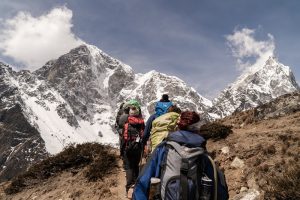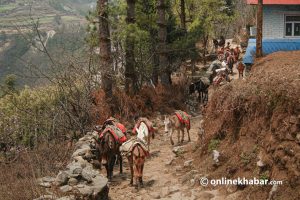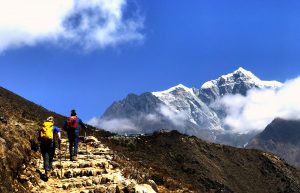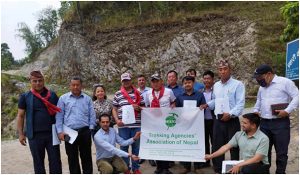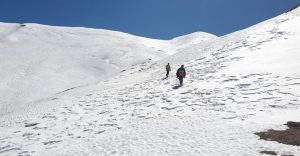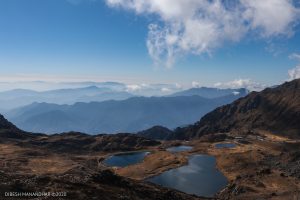Trekking, commercial, started in Nepal in the 1960s when Col Jimmy Roberts organised the first trek to Everest Base Camp with six American women. In the following six decades, trekking around various Himalayan peaks of Nepal, either to the summit or to their respective base camps, has been popular among both national and international tourists.
The country has a unique and rich blend of geographical, natural, and cultural diversity to support tourism. Also, in the mesmerising Himalayan trails, one can experience all kinds of local lifestyles, languages, food habits, culture, and people. Trekking can be done in all seasons in Nepal. However, autumn (September to December) and spring (March to May) are more preferred times.
Nepal boasts eight peaks taller than 8,000 metres, and over 1,300 peaks above 6,000 metres, giving ample opportunities for trekking, both to the summits and to their respective base camps. Everest Base Camp and Annapurna Base Camp are the two most famous base camps of Nepal, but there are many similar base camps, less popular but equally worth visiting. Why don’t you try visiting one or some of these base camps on your next vacation?
1. Kanchenjunga Base Camp
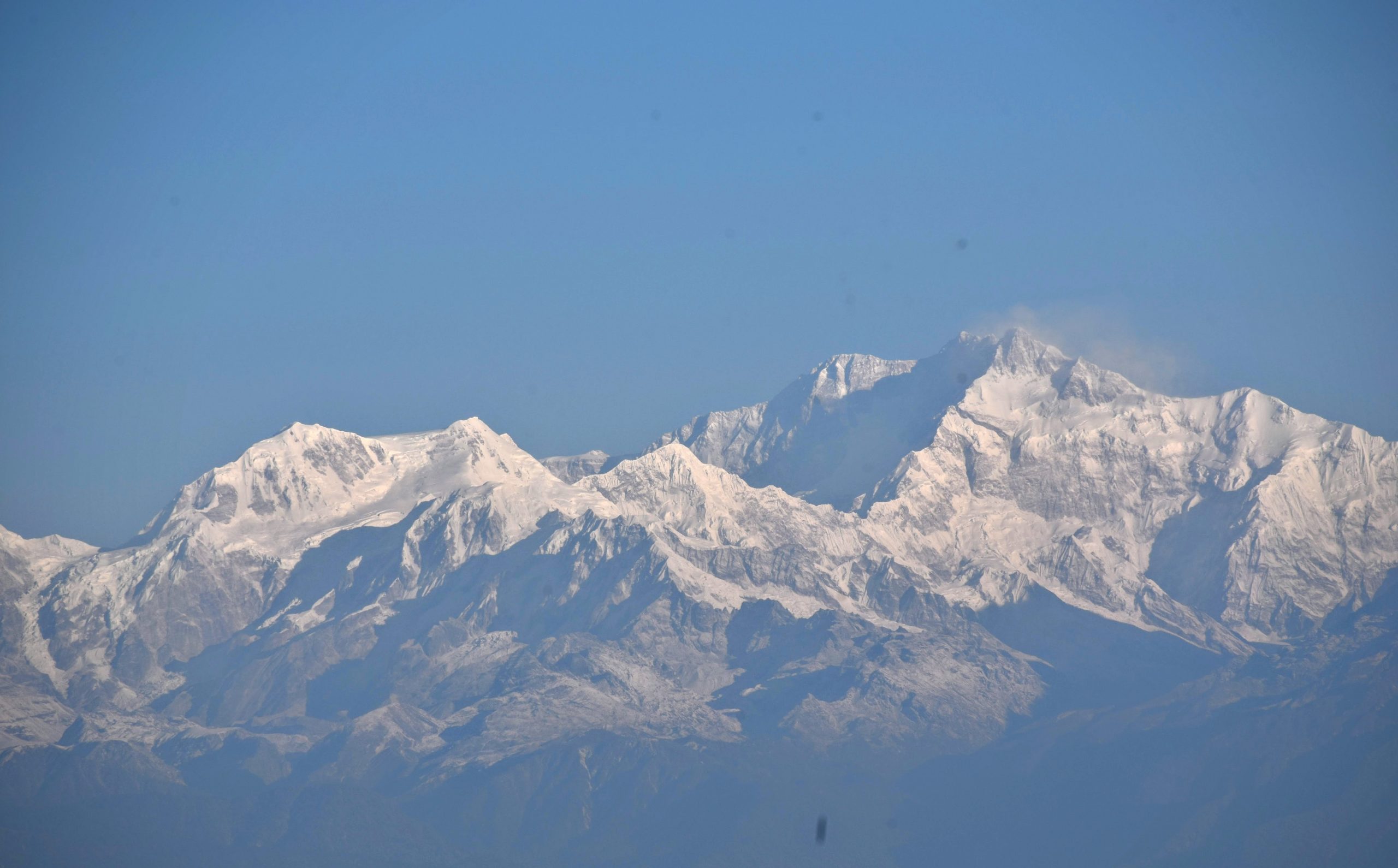
Kanchenjunga is the third highest mountain in the world with an altitude of 8,586 m. Kanchenjunga Base Camp is located in the eastern part of Nepal at 5,143 m. A trek to this camp is one of the longest treks in Nepal whereas the camp located off the beaten track remains one of the most underrated base camps.
Kanchenjunga Conservation Area is the main highlight of this camp which is the least densely populated area. The trekking route passes through the famous Arun valley that is considered to be very beautiful for trekkers.
Along the route, you also pass through traditional villages like Ghunsa, Khambachen, Panama, among others. The inhabitants of this region are Sherpas, Rais, Limbus, and Gurungs, with whom the trekkers can enjoy the local people’s hospitality, culture, food, and lifestyle. In this trek, you get the scenic view of massive mountain peaks such as Lhotse, Everest, Makalu, and many others. One can also explore the varied wildlife species such as blue sheep, musk deer, snow leopard, and black bear.
This base camp trek begins from Taplejung, for which you first have to take a 45-minute flight from Kathmandu to Bhadrapur of Jhapa followed by a jeep ride to Birtamod and then a bus ride to Taplejung.
Best time to travel: April-May to early June, October-November to early December
Days: 26
Price: USD 3,000 per person (approx)
Preferred route: Kathmandu-Bhadrapur-Ilam-Taplejung-Mitlung-Chiruwa-Sukathum-Amjilosa-Gyabla-Ghunsa-Khangpachen-Lhonak-Kanchenjunga Base Camp
2. Dhaulagiri Base Camp
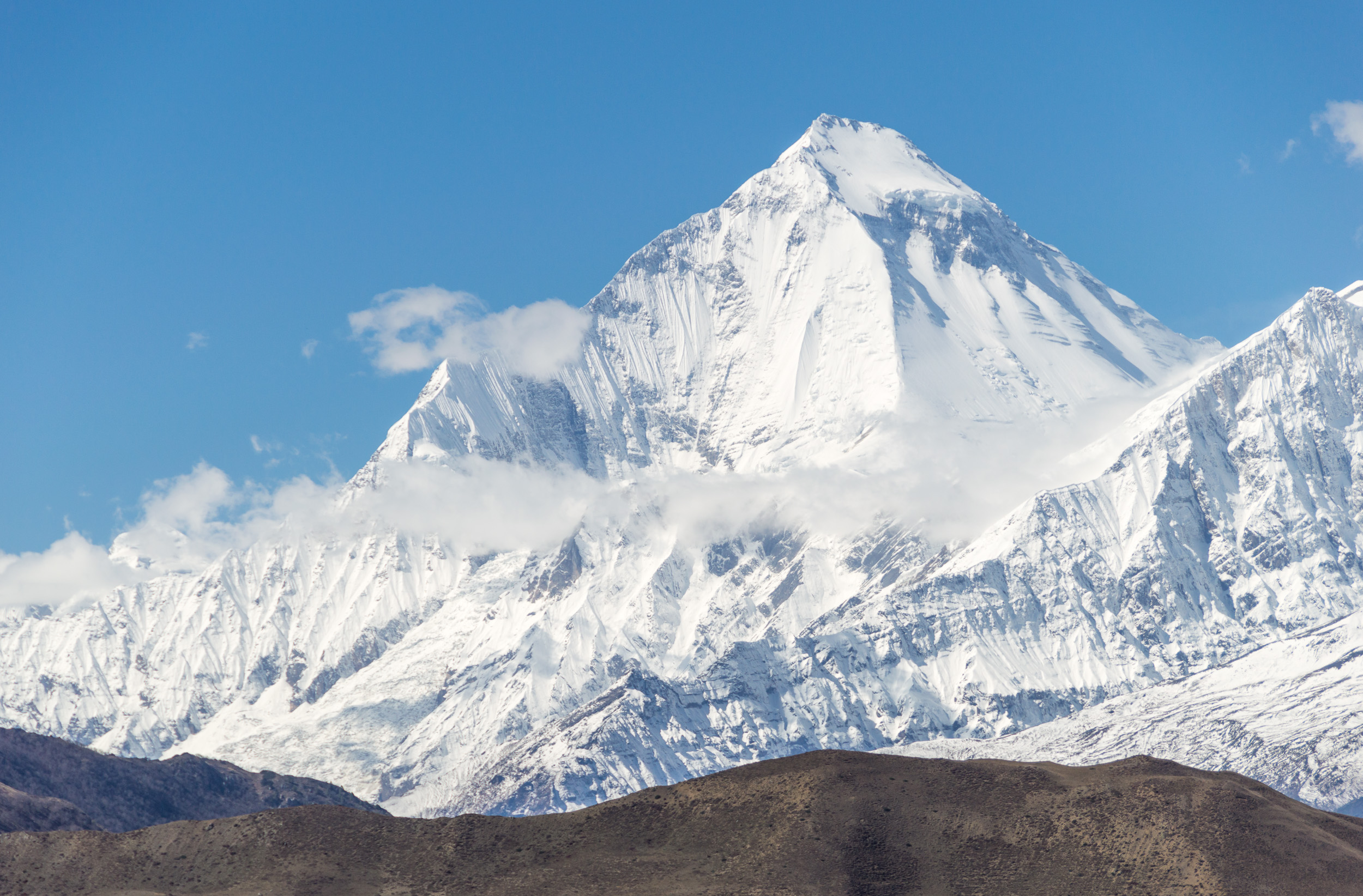
Dhaulagiri Base Camp is an adventurous, challenging trek destination located north-west of Pokhara in western Nepal and south of the Tibet and Nepal border. Dhaulagiri is the seventh-highest Himalayan peak (8,167 m) whereas its base camp is a bit above 4,750 m.
The best feature of this trek is that it crosses two high passes named French pass (5,360 m) and Thapa pass (6,012 m). Moreover, trekkers experience snow and glacier walking especially around the Italian Base Camp and Dhaulagiri North Base Camp along with mesmerising views of Rhododendron forest and Dhaulagiri, Thorong peak, Annapurna, and Kali Gandaki river where the world’s deepest gorge also lies.
Semi-wild herds of yaks and mountain sheep can also be encountered on the trail. Besides this, the trekkers can enjoy teahouses, local shops, lifestyles, customs, traditions, rituals, and beliefs of Nepal’s ethnic people such as Gurungs, Chhetris, and Magars, which leaves an unforgettable impression on one’s mind.
Best time to travel: March, June, September, November
Days: 25
Price: USD 2,000-2,500 per person (approx)
Preferred route: Kathmandu-Pokhara-Beni-Babichaur-Dharapani-Muri-Boghara-Dhoban-Italian Base Camp-Glacier Camp-Dhaulagiri Base Camp
3. Manaslu Base Camp
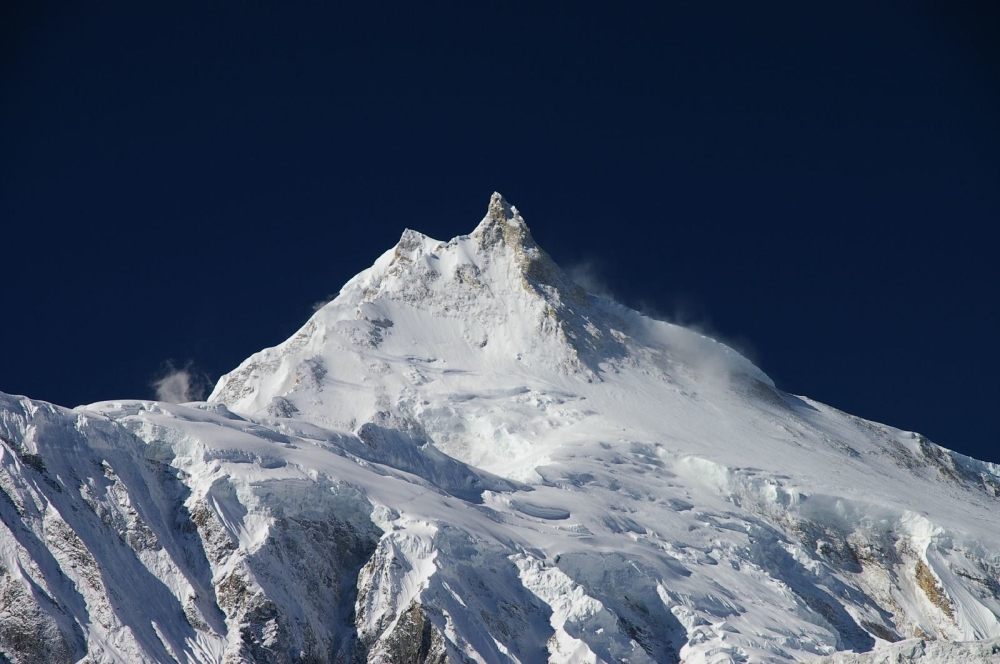
The Manaslu Base Camp trek is a very fascinating and challenging route of 18 days up to an altitude of 4,800 m. The camp is located close to Nepal-Tibet border. In this trek, one can visit three peaks of Manaslu, also known as “Japanese peaks”.
Mt. Manaslu (8,163 m) known for its conical shape is the eighth-highest peak in the world. Manaslu Base Camp provides an amazing view of Manaslu Himal, Ganesh Himal, Shringi Himal, and Himal Chuli.
This trekking starts from and ends at Sotikhola Bazar, and it passes through huge steep valleys. This trek is less touristy and less crowded but is known as the best classical trek among all base camps in Nepal. Also, most of the parts in this trek are restricted, and a special permit may be required to explore those areas.
On the way, trekkers come across sacred monasteries as inhabitants of this camp are mostly Tibetans who reflect their lifestyle, culture, people, festival, and system. There come various teahouses that serve organic and hygienic Nepali dal-bhat.
Best time to travel: March, April, May, end of September to mid-December
Days: 18
Price: USD 1,700 per person (approx)
Preferred route: Kathmandu-Arughat-Sotikhola-Maccha Khola-Dhoban-Philim-Lokpa-Chumling-Deng-Namrung-Lho-Sama Gaon-Manaslu Base Camp
4. Makalu Base Camp
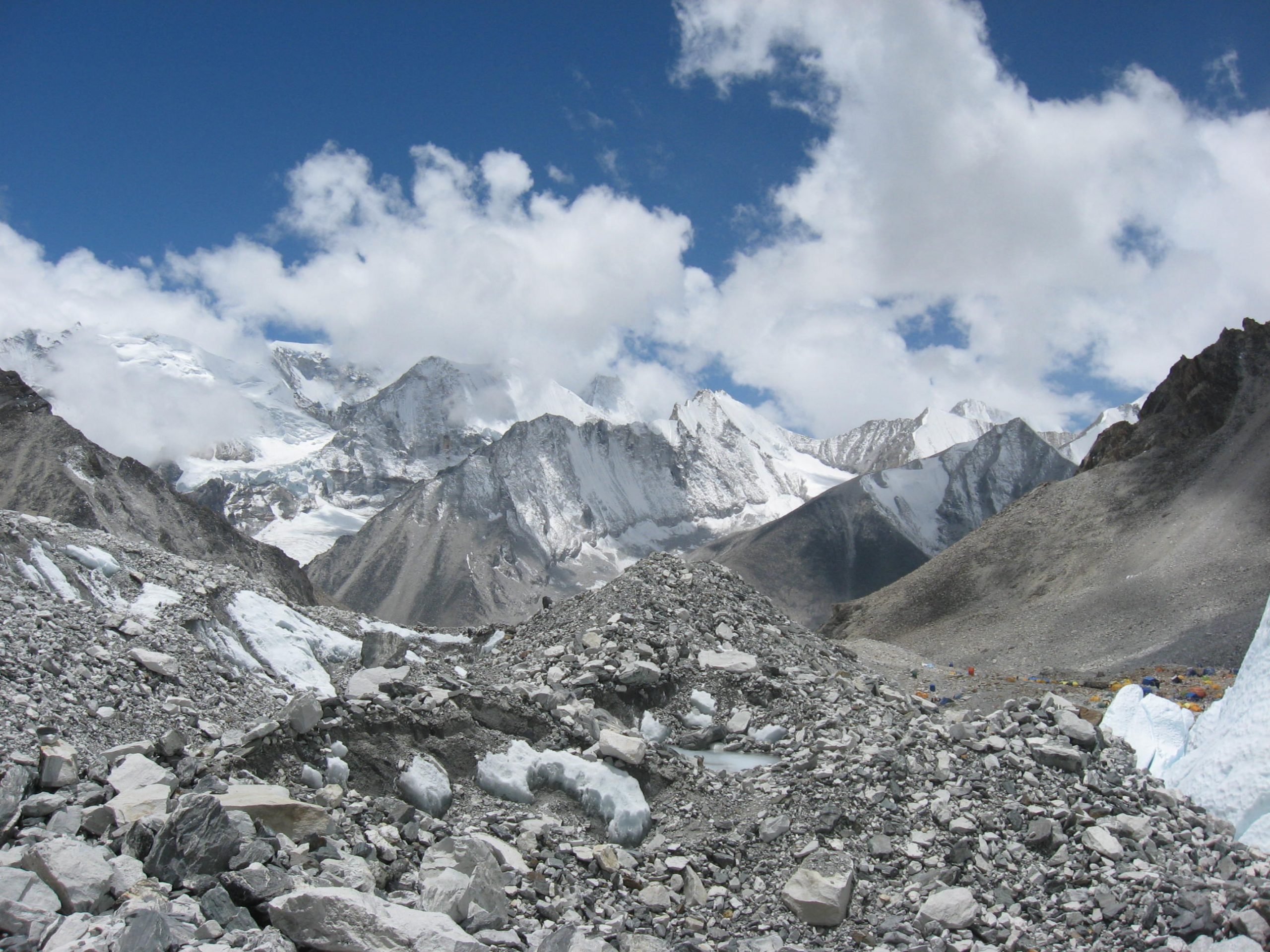
The Makalu Base Camp is one of the most popular treks to base camps in Nepal among solitary trekkers. The base camp of the fifth-highest peak of Nepal (8,485) is located at an altitude of 4870 m.
The main attraction of this trek is Makalu Barun National Park in Solukhumbu and Sankhuwasabha districts. This national park is home to 3,000 species of flowering plants, 440 species of birds, and 75 species of mammals including snow leopards, red pandas, musk deers, wild boars, wild yaks, and Himalayan thars.
However, this trek is a less frequented route due to its relative isolation and remote setting. Major inhabitants in this area are Gurungs, Rais, and Sherpas who can help the trekkers get a chance to explore their beautiful villages, tasty food, their lifestyle, and culture.
Also, trekkers get to see Mt Everest, Mt Makalu, Mt Kanchenjunga, Lhotse, Baruntse, Chamlang, and the other Himalayas after climbing the Makalu camp. During the trek, trekkers come across the two remotest parts of the country, namely: Arun valley and Barun valley, which give them an idea of the struggle of living in this area.
The trek in this camp begins with a half-an-hour flight from Kathmandu to Tumlingtar of mid-eastern Nepal.
Best time to travel: March, April, May, September, October, November
Days: 22
Price: USD 1,900 per person (approx)
Preferred route: Kathmandu-Tumlingtar-Chichila-Num-Seduwa-Tashigaon-Khongma Dhanda-Dobate-Yangle Kharka-Langmale Kharka-Sherson-Makalu Base Camp
5. Mardi Himal Base Camp
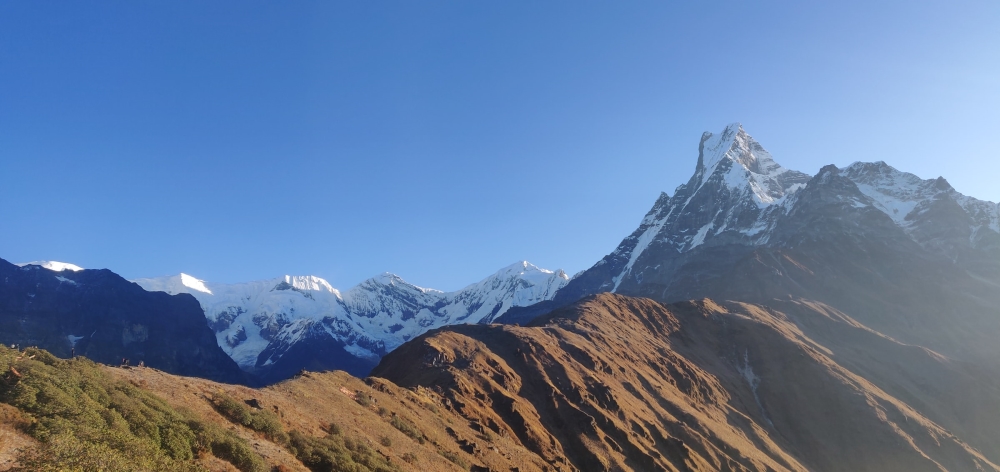
Mardi Himal Base Camp is located to the east of the famous Annapurna Base Camp. This camp is perfect for a week-long trek for the trekkers who have limited time, making it one of the shortest treks to any base camps.
Located at an altitude of 4,450 m, this camp is a hidden gem of Nepal. On the route, trekkers get an amazing view of the ancient rhododendron forests, pines, oaks, and mountains like Hiunchuli, Machhapuchhre, Ganga Purna, Annapurna, and Mt Mardi (5,587 m). Also, the trek route also passes through ethnic villages and lush farmlands where local people are waiting for you with a warm meal and a cosy bed.
Also, there are alternative routes to go to the base camp. You can start from Kande or Ghandruk or Landruk and finish at Siding or Landruk.
Best time to travel: April and May
Days: 5-10 days
Price: USD 125-245 per person (approx)
Preferred route: Kathmandu-Ghandruk-Forest Camp-High Camp-Base Camp-High Camp-Landruk or Siding
6. Api Base Camp
The Api Base Camp trek is one of the most non-touristy and virgin treks of Nepal. Located at an altitude of 4,250 m, this treasure is protected by the Api Nampa Conservation Area that conserves the natural beauty and ecosystem of this region. It is named after the famous snow-capped mountain Mt Api (7,132 m) which lies in the far-western region of Nepal.
The trek might require you to camp outdoors frequently; because of the remoteness and the low frequency of tourists, lodging cannot be guaranteed. However, homestays are available. During the trek, trekkers get to see and enjoy the beautiful Mahakali valley, steep gorges, subtropical to alpine forest and vegetation, pastures, grasslands, waterfalls, lakes, streams, and birds which make the trekking more remarkable. This region is a mixture of both Hindus and Buddhists exhibiting their culture untouched by modernity.
The trek here begins from a scenic flight from Kathmandu to Dhangadhi, and then a drive to Latinath (starting point of the trek).
Best time to travel: Autumn and spring
Days: 17
Price: USD 3,000-3,500 per person (approx)
Preferred route: Kathmandu-Dhangadhi-Gokuleshwar-Latinath-Paribagar-Makarigaad-Siti-Domal-Dhaulo Odar-Api Base Camp
7. Cho Oyu Base Camp
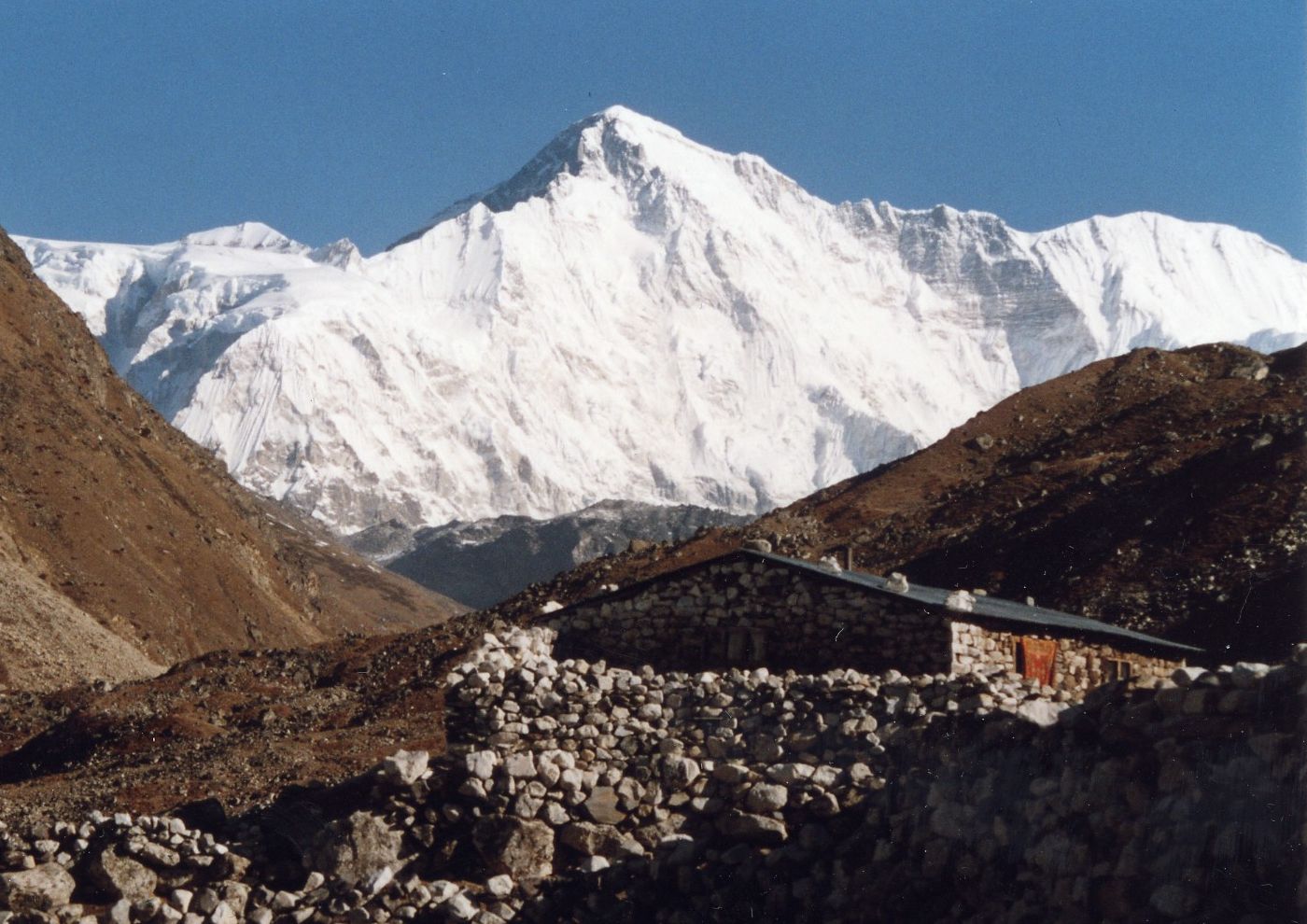
Cho Oyu is the sixth-highest mountain in the world (8,201 m), which lies around 20 km west of Mt Everest on the border of Tibet and Nepal.
The trek to Cho Oyu Base Camp is a short journey of around weeks. Located at an altitude of 5,600 m, the camp can be accessible by jeep. That is why this base camp is usually crowded. In the west of Cho Oyu, there is Nangpa La, which is known as the major trade route between Khumbu and Tibet.
While trekking to this camp, trekkers pass through yak pastures, gigantic glaciers, mesmerizing scenery, stunning views of mountains such as Cho Oyu, Everest, Makalu, and Lhotse. Sherpas are the main inhabitants of this region who share intimate knowledge of their village and allow a glimpse of Tibetan culture.
The trip here begins from Kathmandu to Lhasa (Tibet) by air, but while returning, you can try a new road link inside Nepal.
Best time to travel: March to May and October to November
Days: 14 days
Price: USD 3,750 per person (approx)
Preferred route: Kathmandu-Lhasa-Shigatse-Shegar-Tingri-Cho Oyu Base Camp-Kyirong-Dunche
8. Ama Dablam Base Camp
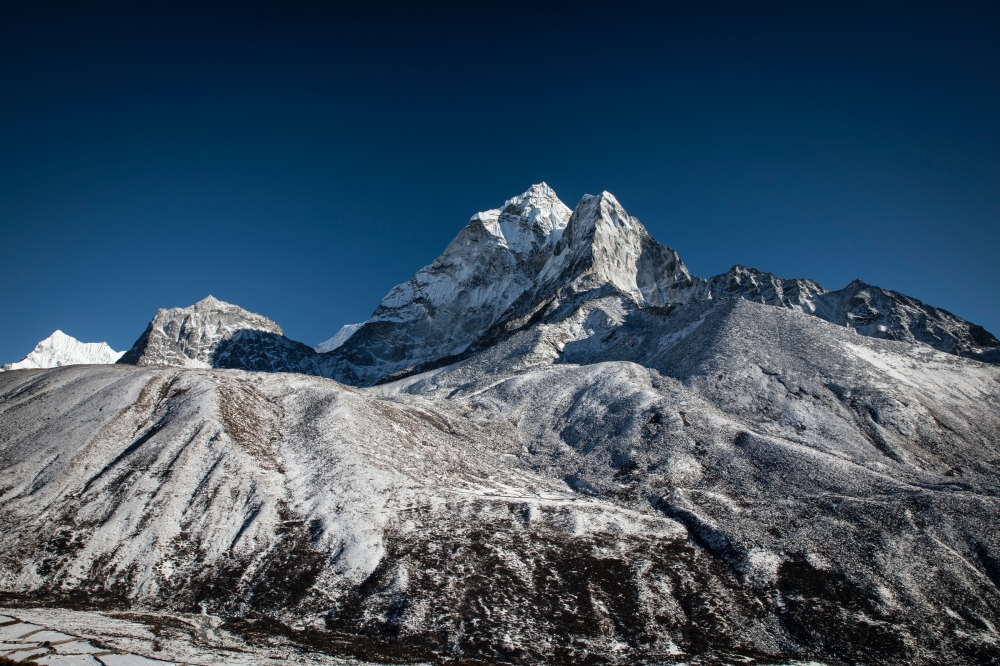
Ama Dablam, which means “mother’s necklace”, is one of the most beautiful mountains of the world with an altitude of 6,812 metres. For the people who want a superb view of Mt Everest in a short span, a two-week trek to Ama Dablam Base Camp (4,600 m) can be suitable.
The trip begins with a 45-minute flight from Kathmandu to Lukla of the Everest region where Sherpas are the main inhabitants who reflect their Buddhist villages, culture, and their famous Thyangboche monastery.
Trekkers explore the panoramic Himalayas such as Everest, Nuptse, Lhoste, Amadablam, Kangtega, and Tawache during trekking. Also, Himalayan rivers, small rivers, and wild forests can be seen during this trek. The main feature of this trip is its capital, Namche Bazaar.
Best time to travel: March to May and September to November
Days: 14 days
Price: USD 2,650 per person (approx)
Preferred route: Kathmandu-Lukla-Phakding-Namchebazar-Pangboche-Ama Dablam Base Camp
9. Saribung Base Camp
Saribung Base Camp is located at an altitude of 4,950 m in an isolated part of the Mustang region in the western part of the country, close to the Tibetan border. The main feature of this trek is the scenic view of the mountains, including Saribung peak (6,3287 m).
The route of this trek is rugged, cutting high into cliff sides and meets different villages and monasteries that reflect the culture, and religion of Tibetan people. Also, trekkers get to visit and explore the mysterious Jhong Cave and the ancient kingdom of Lo-Manthang on this trip. This trek can be done in both clockwise and anti-clockwise directions. The clockwise trek starts from Jomsom and ends at Nar-Phu valley and the anti-clockwise from Nar Phu to Upper Mustang.
Best time to travel: March to May, September to November
Days: 29
Price: USD 4,550 per person (approx)
Preferred route: Kathmandu-Pokhara-Jomsom-Kagbeni-Tsaile-Gelling-Tsarang-Lo Manthang-Yara-Luri Gumpa-Ghuma Thanthi-Namta Khola-Saribung Base Camp
10. Paldor Base Camp
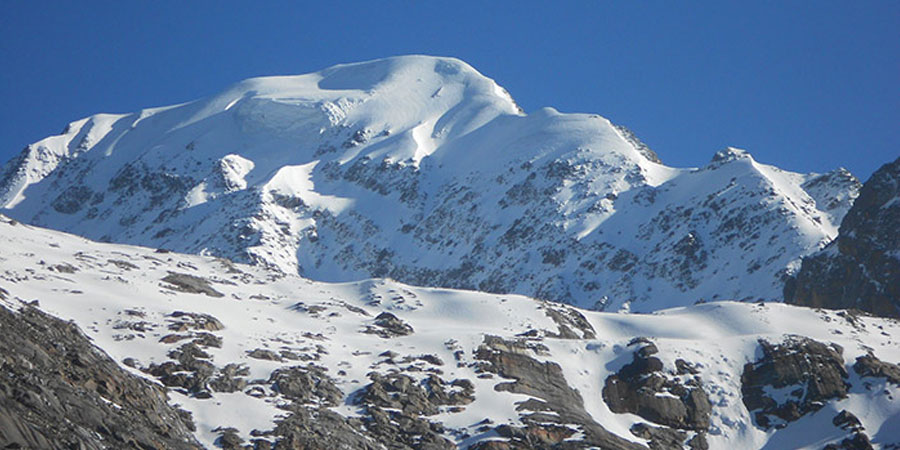
The Paldor Base Camp is one of the closest trekking destinations from Kathmandu with an altitude of 4,200 m. It is located in the Ruby Valley of the Ganesh Himal region, at an elevation of 4,980 metres.
This base camp of Paldor Peak (5,903 m) is a non-popular tourist area, but the Ganesh Himal Singla Pass trekking provides dramatic views of Ganesh Himal, Annapurna Range, Manaslu Range, Langtang Range, Lamjung Himal, Himachuli Shringi Himal, and many other peaks, ensuring a once-in-a-lifetime adventure.
The trekkers also get to experience more than 300 species of birds and wildlife like snow leopards, red pandas, wild yaks, Himalayan thars, musk deers, wild boars, and many more. Also, the visitors can explore the culture and tradition of ethnic groups like Tamangs, Gurungs, Magars, Chhetris, and Brahmins who are the main inhabitants of this region. Not only this, but this trek also has Ganga Jamuna Waterfall, the temple of Tripura Sundari, many monasteries and chortans (or stupas) which attract trekkers towards this camp.
The trip takes seven to eight hours of drive from Kathmandu to Sabrubesi to reach Paldor Peak.
Best time to travel: March, April, May, September, October and November
Days: 20 days
Price: USD 2,350 per person (approx)
Preferred route: Kathmandu-Sabrubesi-Gatlang-Yuri Kharka-Somdang-Jasta Khani-Paldor Base Camp
From the archive.




